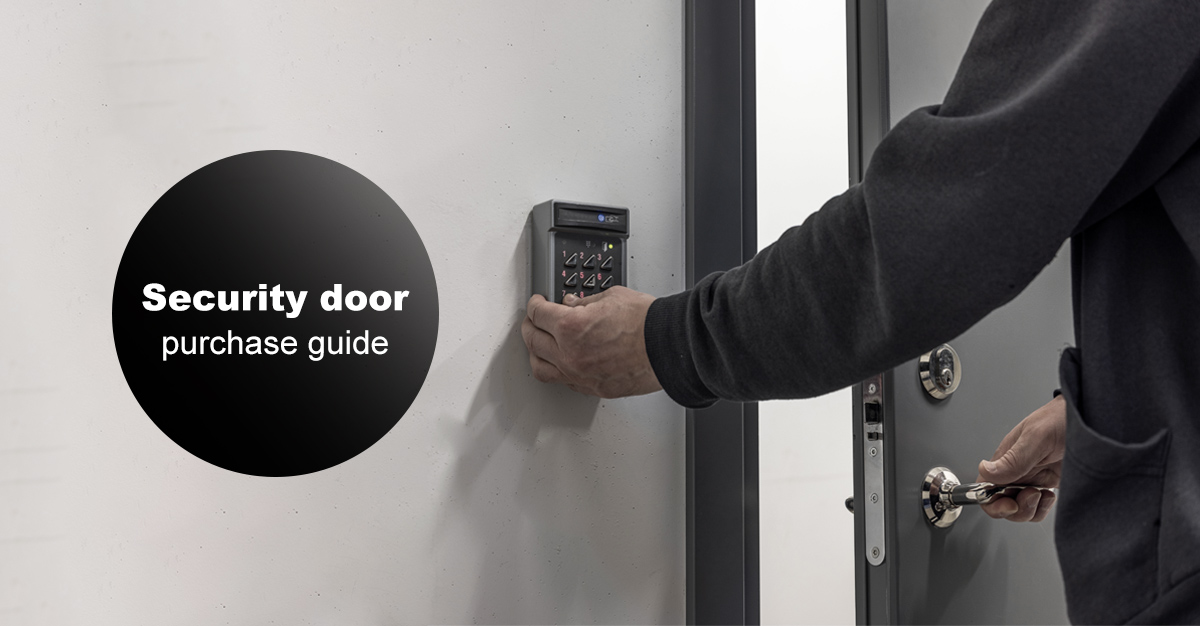Security doors have become a vital defense mechanism against unauthorized intrusions, because of the current security landscape. These doors extend beyond their primary protective function, delivering a spectrum of advantages, encompassing enhanced insulation and aesthetic appeal. This all-encompassing guide delves deeply into the realm of security doors, addressing a myriad of facets, including their various types, key features, installation procedures, maintenance requirements, and forthcoming trends.
Introduction to security doors
Safety doors are more than just barriers; they are the sentinels of your sanctuary. In recent years, their demand has surged, driven by a growing need for enhanced security in homes and businesses. But what exactly are these doors made of, and why are they so crucial in safeguarding your space?
Safety doors are engineered to provide robust protection, ensuring that unwanted intrusions remain a distant concern. They are typically constructed from sturdy materials such as steel, wood, or composites, and equipped with a series of features that fortify your property’s security.
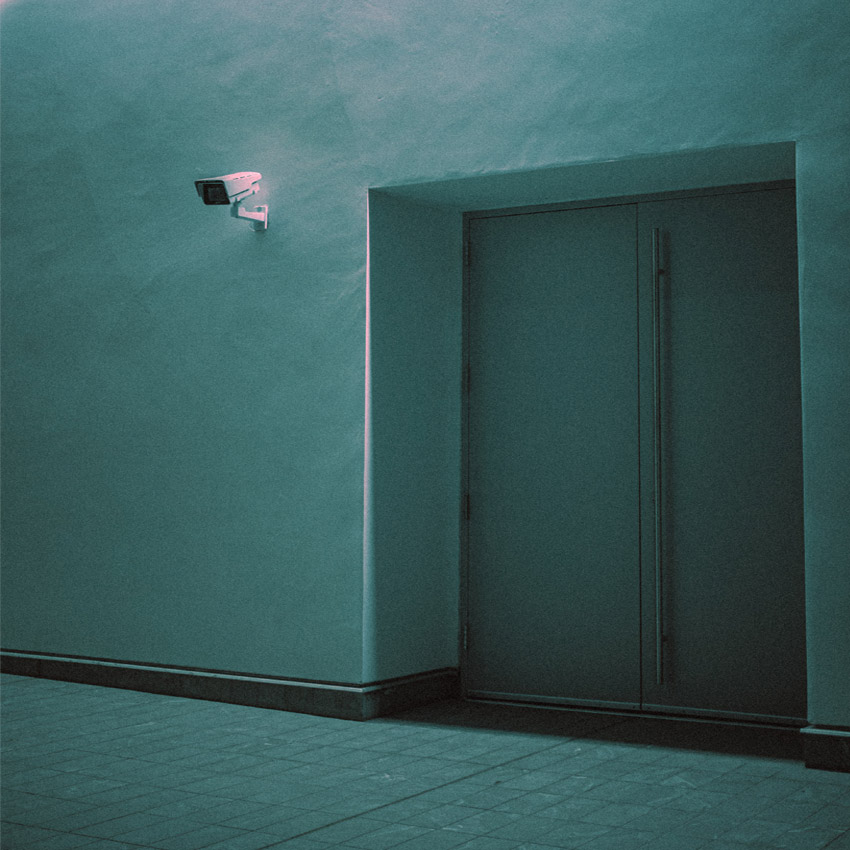
Types of security doors
Understanding the diversity among different options is pivotal when selecting the perfect door for your specific needs. Different types of security doors offer unique characteristics, catering to distinct security requirements and aesthetic preferences. Let’s delve into the primary categories, with a particular focus on various steel doors and other specialized options:
1. Steel security doors
- Steel-glass doors: These doors combine the strength of steel with the transparency of glass. They are commonly used in commercial properties to maintain visibility while ensuring security.
- Steel doors without glass: For situations where complete opacity and enhanced security are required, steel doors without glass are the perfect choice. They provide formidable resistance to forced entry and unauthorized access.
- Cell doors: Typically used in correctional facilities and detention centers, cell doors are extremely robust, designed to prevent unauthorized access or escape.
- Fire-rated steel doors: These specialized fire doors are built to withstand fire for a specified duration, providing critical safety in the event of a fire outbreak.
Steel doors can be tailored to meet various security levels, such as Level 1 through Level 8, depending on the specific needs of a property.
2. Wooden security doors
While wooden doors are appreciated for their aesthetics and traditional charm, they can also offer security. Crafted from solid wood, these doors offer a timeless and elegant appearance while providing essential security.
3. Composite security doors
Composite security doors are a versatile choice due to their amalgamation of different materials, which often involves wood for aesthetics and steel for strength. This combination strikes a balance between security and style.
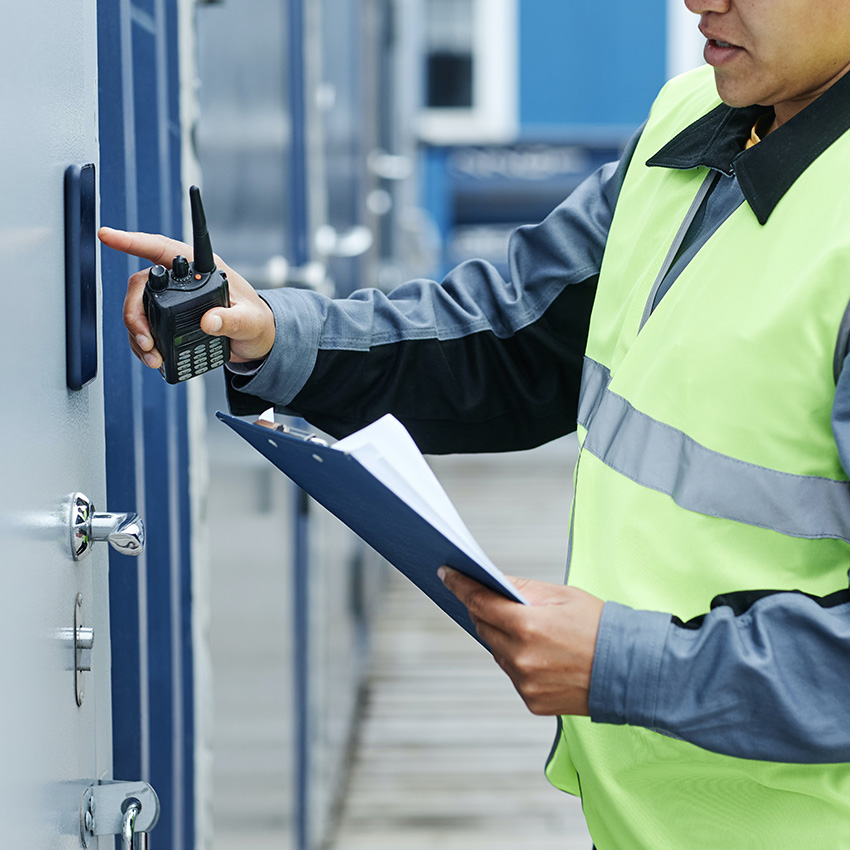
Key features of the security door
The heart of any security door lies in its features. These doors incorporate a range of elements designed to enhance security and durability. Key features include:
Reinforced frames: Security doors feature robust frames that are often made of steel or reinforced metal. This sturdy frame provides a solid foundation for the door, making it difficult for intruders to force their way in.
Multi-point locking systems: The locking mechanism of security doors typically involves multiple locking points along the frame. These multi-point locking systems as for example motor locks, distribute force evenly, making it challenging for would-be intruders to bypass the locks.
Impact-resistant materials: These doors are constructed using materials that are highly resistant to impact, such as reinforced steel or other specialized alloys. These materials can withstand substantial force and are engineered to absorb shock without compromising the door’s integrity.
Security glass: Many safety doors incorporate laminated security glass. This glass is designed to withstand impact and shattering, providing an additional layer of protection.
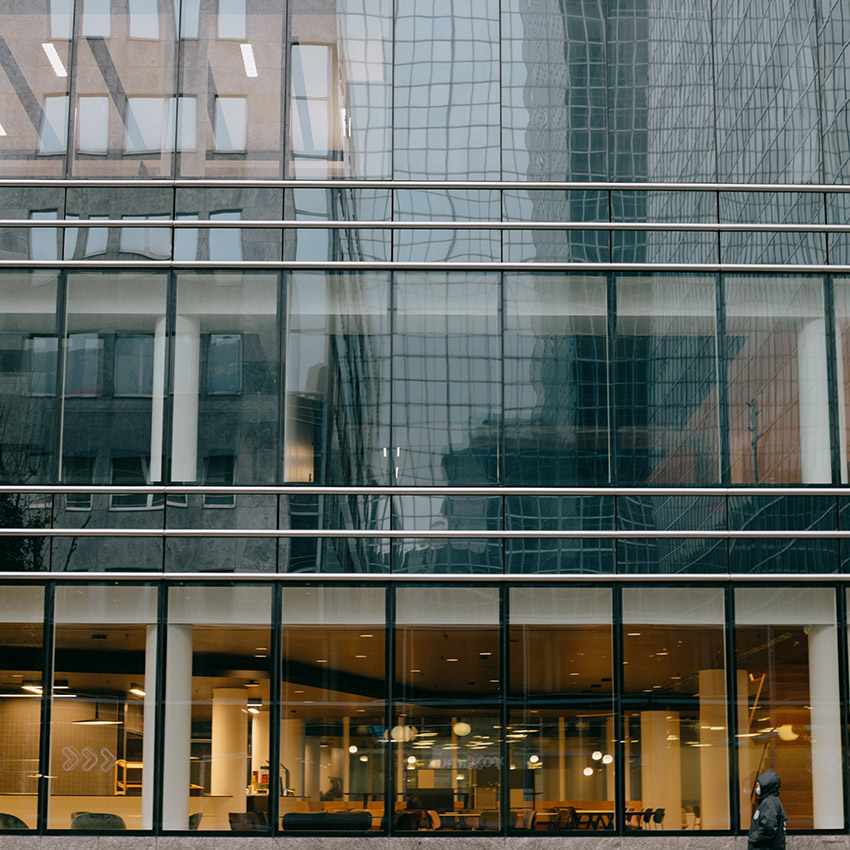
Benefits of installing a security door
The advantages extend far beyond security. These doors provide robust protection, deter burglars, enhance insulation, and even shield your home from extreme weather conditions.
Burglary deterrence: Security doors are a formidable deterrent against break-ins. Their robust construction and advanced locking systems make forced entry a daunting task for would-be intruders.
Enhanced insulation: In addition to security, these doors offer improved insulation. They help regulate indoor temperatures by keeping cold air out in winter and heat out in summer. This not only enhances comfort but also reduces energy costs.
Protection against extreme weather: Security doors are built to withstand various weather conditions. From heavy rains to extreme heat, these doors provide an additional layer of protection for your home.
Aesthetically pleasing: Modern safety doors are designed with aesthetics in mind. You can choose from a wide range of styles, finishes, and decorative elements to match your property’s overall look.
Security door installation process
Installing a security door is a meticulous process that involves precise measurements, selecting the right door, and professional installation. Each step contributes to the door’s overall effectiveness.
Precise measurements: The installation process begins with precise measurements. Professionals measure the door frame to ensure a perfect fit.
Selecting the right door: Once measurements are taken, the next step is selecting the right security door. This involves considering the type of door, material, design, and additional features.
Professional installation: To ensure the door functions as intended, it’s crucial to have it professionally installed. Installation involves fitting the door into the frame, securing it in place, and adjusting the locking system for a perfect fit.
The proper installation of a security door is critical to its effectiveness. Any errors or misalignments can compromise security, so it’s essential to trust this task to experienced professionals.
Security door maintenance
Maintenance is the key to the longevity and performance of security doors. Proper care involves regular cleaning, lubricating locks, and addressing any maintenance issues that may arise over time.
- Cleaning: Regular cleaning is essential to keep your security door looking its best. Use mild soapy water to clean the surface and remove any dirt or debris. Avoid abrasive cleaners that could scratch the finish.
- Lubricating locks: The locks on a security door should be lubricated periodically to ensure they operate smoothly. A silicone-based lubricant is typically recommended, as it won’t attract dust and debris.
- Maintenance issues: Over time, you may encounter maintenance issues such as loose screws, weatherstripping damage, or minor dents. These issues should be addressed promptly to maintain the door’s security and functionality.
By performing these simple maintenance tasks, you can extend the life of your security door and ensure it continues to provide the protection you rely on.

Customization and aesthetics
The days of clunky, unattractive security doors are long gone. Modern alternatives offer customization options to match your buildings’s aesthetic, proving that safety doesn’t have to compromise style.
Aesthetic options: Security doors come in a wide range of designs, finishes, and colors. Whether your home has a classic, modern, or eclectic style, you can find a security door that complements it.
Decorative elements: Many safety doors feature decorative elements such as ornate scrollwork, custom glass, or unique hardware. These elements add a touch of personalization to your door.
Matching entryway: Some homeowners choose to install security doors that match their entryway, creating a seamless and stylish transition from the exterior to the interior.
Customization allows you to express your personal style while maintaining the security of your property. With the right design and finish, your security door can enhance your home’s curb appeal.

Security certifications and standards
Security doors are subject to rigorous testing and certification processes to ensure their quality and effectiveness. Various organizations and industry standards govern these certifications, providing customers with peace of mind.
- Industry certifications: Look for doors that carry industry certifications, such as those from the Security Industry Association (SIA) in the United States. These certifications indicate that the door has met rigorous security and quality standards.
- International standards: In addition to industry certifications, security doors may adhere to international standards set by organizations like the International Electrotechnical Commission (IEC) and the International Organization for Standardization (ISO).
- Local regulations: Depending on your location, there may be local regulations and standards that security doors must meet. It’s essential to check with local authorities to ensure compliance.
Setting stringent standards for security doors
Security doors are the bulwarks of safeguarding your premises against potential threats. These robust barriers are meticulously designed to address the common vulnerabilities of entry points and minimize unauthorized access risks. In this section, we will delve into the realm of security door standards, elucidating their vital importance, essential regulations, and the critical aspects of selecting the most suitable safety doors for your unique requirements.
Mitigating vulnerabilities
Doors are widely recognized as the Achilles’ heel when it comes to intruder prevention. Conventional key locks are often viewed as soft targets for experienced criminals. It underscores the paramount importance of focusing on access control, particularly through the installation of resilient security doors.
A report published by The Telegraph reveals an alarming fact: “two-thirds of break-ins occur while residents are at home.” This is often due to open doors and windows during nighttime burglaries. The Office for National Statistics (ONS) Nature of Crime report further highlights that “76% of domestic burglaries in England and Wales involve illegal entry through a door.” Surprisingly, some commercial properties, such as stores, offices, and warehouses, are perceived as more vulnerable to theft due to their less secure nature compared to residential premises.
Security doors offer a plethora of benefits, including:
- Loss mitigation: Small businesses in the UK incur losses of approximately £12.9 billion annually due to commercial burglaries.
- Property safeguarding: Unauthorized entry attempts frequently result in property damage.
- Minimized downtime: Repairing the aftermath of break-ins can lead to business interruptions, resulting in lost productivity and revenue.
- Psychological well-being: Security breaches have profound emotional repercussions on staff who must continue working in the affected premises, often experiencing anxiety and a sense of neglect.
Security doors are not exclusive to vulnerable residents or high-value commercial properties; they are a prudent choice for anyone seeking peace of mind. In response to the increasing sophistication of criminals, security systems have adopted a multi-layered approach, incorporating elements like CCTV cameras, alarms, floodlights, and various intruder detection systems. The security door represent the “last line of defense,” designed to either delay an attacker’s success or prevent it altogether.
Adhering to security door regulations
The complexity of the security door market often poses a challenge to those seeking the most suitable solution due to the myriad of standards and regulations in place. Here is a concise overview of some pivotal security door regulations:
- BS 6375: Replacing PAS 23, this standard outlines the general performance criteria for security doors and windows in the UK. It encompasses factors like weather resistance, security features, durability, and selection.
- Part M of BS 8300: Ensures that safety doors are accessible for individuals with disabilities.
- Part Q of building regulations: Mandates that easy-access doors in new constructions comply with specific security prerequisites.
- PAS 24: 2016: Serves as a benchmark standard for evaluating the durability of windows and security doors.
- Secured by design (SBD): An official police initiative dedicated to enhancing building security.
- STS 202 and LPS 1175: These standards are awarded to security doors after withstanding a battery of tests and simulated attacks. A higher rating signifies a greater ability to withstand prolonged attacks with advanced tools.
- EN 1627-30: A European standard ensuring that security products meet essential requirements for locking, glazing, and door handles.
In addition to these overarching regulations, there are specific requirements for assailant-resistant locks. Notable standards include BS3621, EN1303:2005, and TS007:2012.
Fire safety is another crucial aspect to consider when procuring a security door. For example, BS EN 1634-1:2014 sets standards based on fire and smoke control tests conducted on doors, shutters, and building hardware.
Selecting the ideal security door
Security screen doors are typically fashioned from steel, aluminum, or metal alloys. While aluminum and metal alloy doors can offer protection, stainless steel doors are the most robust. To match the protection level of stainless steel, aluminum or metal alloy doors may require wider frames.
Key components of a security door include:
- Lock: Often the weakest point of a door, locks are the primary target for break-ins, especially “smash and grab” incidents.
- Core: Responsible for thwarting cutting or drilling attacks, the door’s core is integral to its resilience.
- Hinge: Proper hinge placement is essential to prevent hinge pin removal by attackers.
- Access control system: Access control may encompass a magnetic key card, passcode, or other selective entry methods, forming an essential part of a security door.
- Certification: To ensure effectiveness, a security door should be certified by third-party regulators.
- Security door ratings
Security door ratings provide a clear understanding of their durability, strength, and functionality. Selecting the appropriate security door rating aligns the level of security with your specific requirements, preventing overinvestment in unnecessary features.
Loss prevention standards
The Loss Prevention Certification Board (LPCB) has developed the LPS 1175 (Loss Prevention Standards), focusing on the physical security of intrusion-resistant building components. These ratings include:
- SR1: Withstanding a minimum of one minute against opportunistic break-in attempts using basic hand-held tools.
- SR2: Resisting determined attacks for a minimum of three minutes with tools such as bolt cutters and hand drills.
- SR3: Enduring a minimum of five minutes of targeted attacks involving axes and crowbars.
- SR4: Withstanding ten minutes of attack from tools like bolt cutters, lock pullers, drills, and cordless drills.
- SR5: Similar to SR4 but with additional scrutiny from advanced tools.
- SR6: Resisting ten minutes of attack from mains-powered tools like grinders and saws.
- SR7 and SR8: Aspirational ratings for security doors, symbolizing extended resistance against attacks with advanced tools.
Security doors constitute a fundamental aspect of perimeter protection. In an ever-evolving security landscape, new technology is shaping the industry. Innovative products like ASSA ABLOY’s ENTR, a digital lock, have transformed conventional doors into secure smart doors. These advancements underscore the significance of enhancing security in an increasingly complex environment.
Cost considerations
While the security of your home or business is priceless, it’s essential to understand the cost factors associated with the doors you choose. Material choices, additional features, and professional installation all play a role in the final price.
- Material costs: The type of material you choose for your security door significantly impacts the cost. Steel doors are typically more expensive than wooden or composite doors.
- Additional features: The security door often come with optional features, such as smart locks, decorative glass, or additional insulation. These features can increase the overall cost.
- Professional installation: While professional installation ensures proper fit and functionality, it comes with an additional cost. However, it is a worthwhile investment to guarantee security.
The price of a security door can vary widely, so it’s crucial to consider your budget and requirements when making a selection.
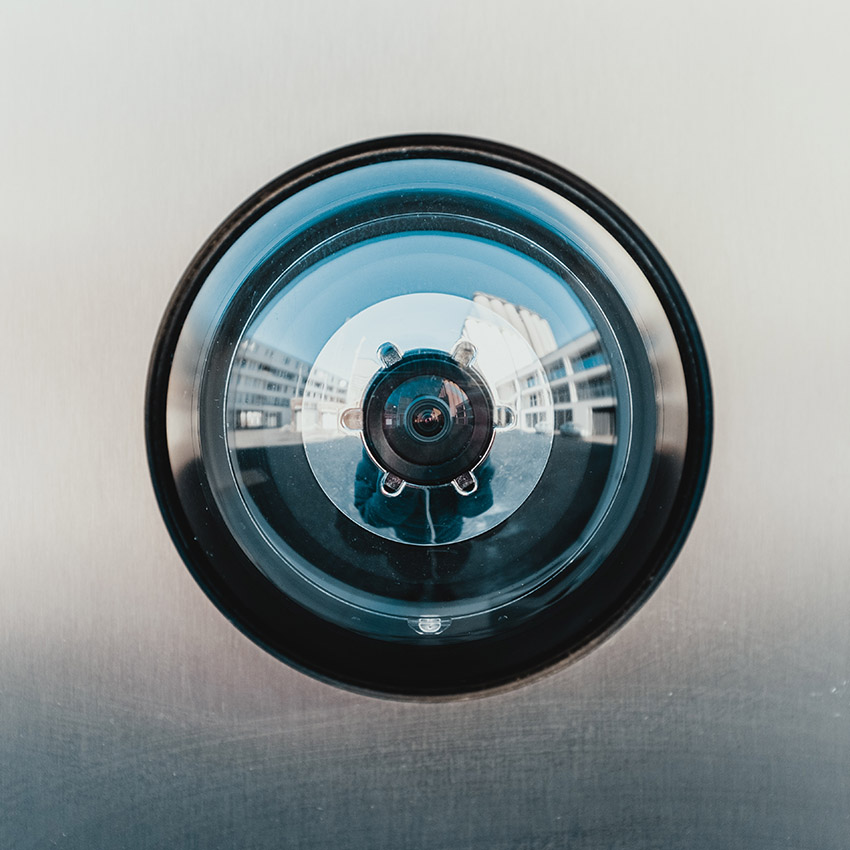
Future trends in security doors
In the ever-advancing world of technology, security doors are not left behind. They are evolving to meet the demands of modern security challenges. Let’s take a glimpse into the future and explore how these innovations:
- Smart locks: The adoption of smart locks is on the rise, redefining how security doors function. These cutting-edge locks offer remote access control, digital keys, and maintain detailed activity logs. This technology allows you to manage your security at your fingertips.
- Biometric access control: The future of security doors is all about biometric access control. Incorporating fingerprint or facial recognition, this feature adds an extra layer of security. Only authorized individuals gain access, providing heightened protection.
- Energy-efficient materials: Increasing environmental awareness has led to a growing demand for energy-efficient safety doors. These doors employ advanced materials that improve insulation and reduce energy consumption, making them eco-friendly and cost-effective.
- Integration with home automation: Security doors are seamlessly integrating with home automation systems, offering homeowners convenient control over access and remote security monitoring. This integration enhances the overall security of your property.
The future of security doors looks promising, with these technological advancements set to provide enhanced security, convenience, and energy efficiency. Stay ahead in the realm of security with doors that are not only robust but also smart and environmentally conscious.
With this guide, you’ve gained a comprehensive understanding of security doors, their significance, the different alternatives and the innovations propelling them forward. Whether you’re safeguarding your home or business, the knowledge empowers you to make informed choices for a safer and more secure environment.



